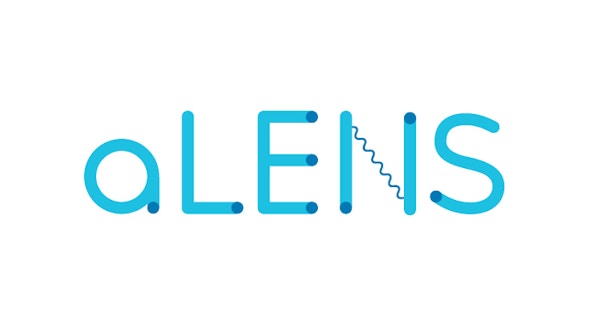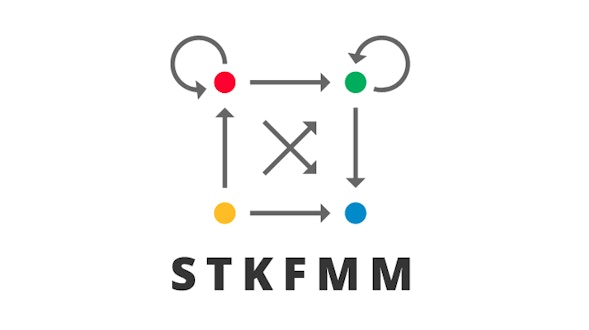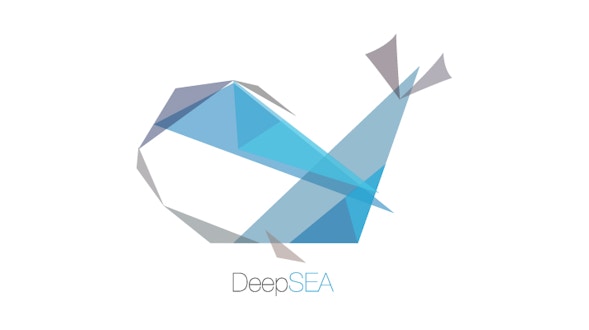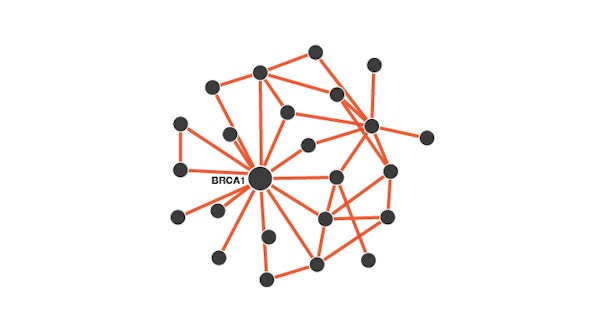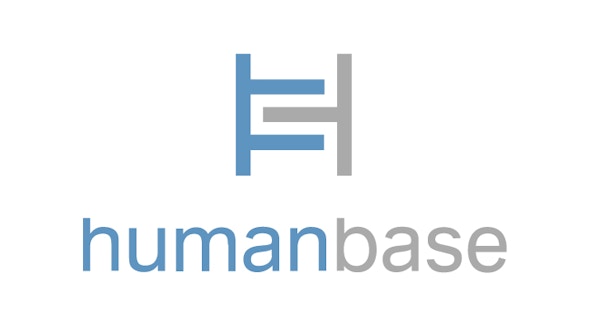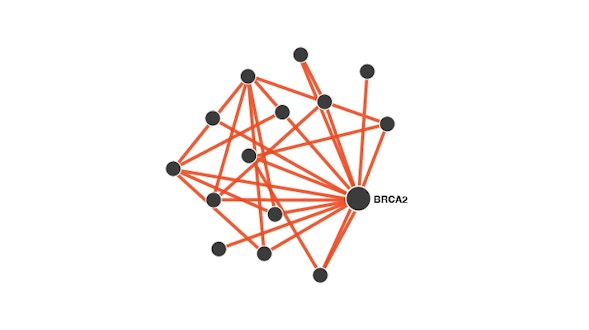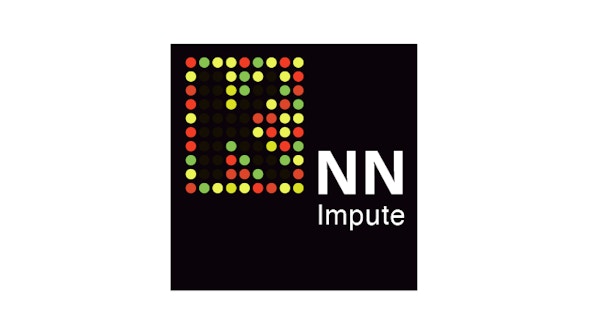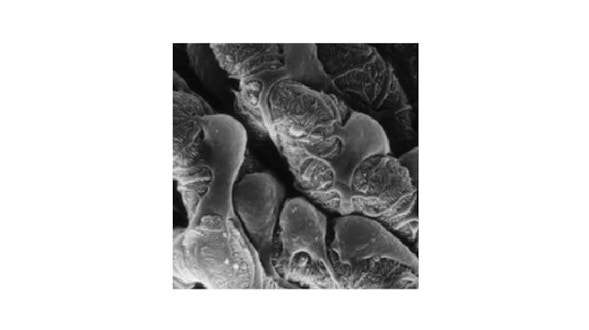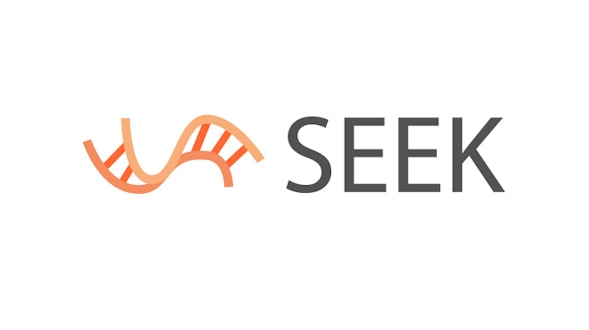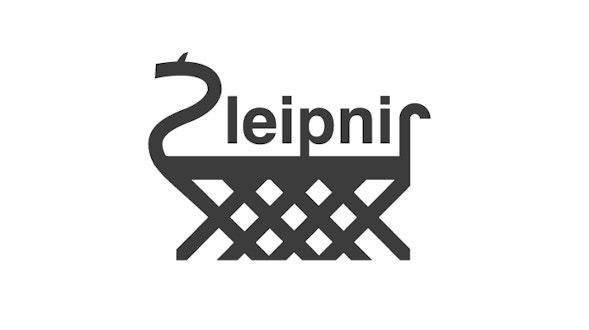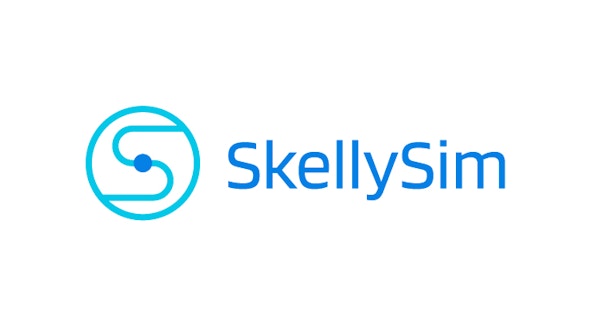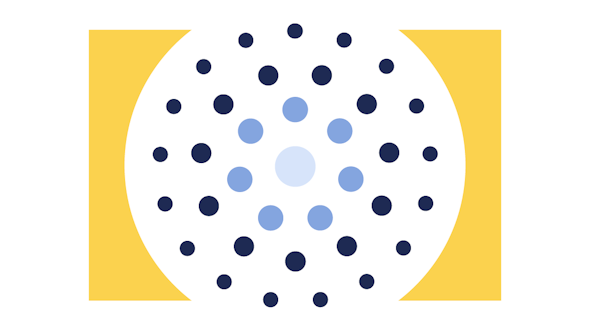
Despite its power and versatility, the Rosetta software suite struggles to take full advantage of modern computing hardware. Masala is a set of C++ libraries under development in the Biomolecular Design Group that are intended to replace much of the functionality of Rosetta, and to harness modern massively parallel computing hardware (CPUs, GPUs or FPGAs), or current and near-future generation quantum computers (quantum annealers or gate-based systems) for NP-hard optimization problems. Masala’s versatile plugin system will also permit third parties to develop specialized molecular modelling protocols. Intended for use either as a support library for other software (such as Rosetta) or as a standalone set of applications, we plan to release Masala as free and open-source software in the near future.
